The photographic appointments #7 : Steve McCurry
Steve McCurry, born in 1950 is an American photographer
Member of the Magnum Agency since 1986, in search of what he calls "the unexpected, the moment of controlled chance, which makes it possible to discover by accident some interesting things that were not sought. "He is well known for his highly colorful color photography, in the tradition of documentary reporting, including the iconic portrait of the Afghani Sharbat Gula prize pendant to the war in Afghanistan.
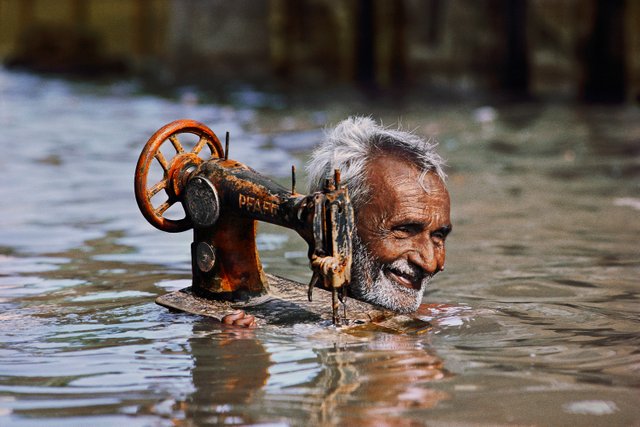
His Life
Steve McCurry dreamed, as a young man, of becoming a documentary filmmaker. He studied at the College of Arts and Architecture of Pennsylvania State University. At the age of nineteen, he spends a year traveling all over Europe, working as a waiter in a restaurant in Amsterdam and then in Stockholm. He then set out to discover South America, then Africa.
He began his career by working as a photographer in a newspaper for two years, leaving for India in 1978 as a freelance photojournalist. It was there that he learned to observe life and to wait. He realized that when one waits, "people forget the device and their soul enters the image. "
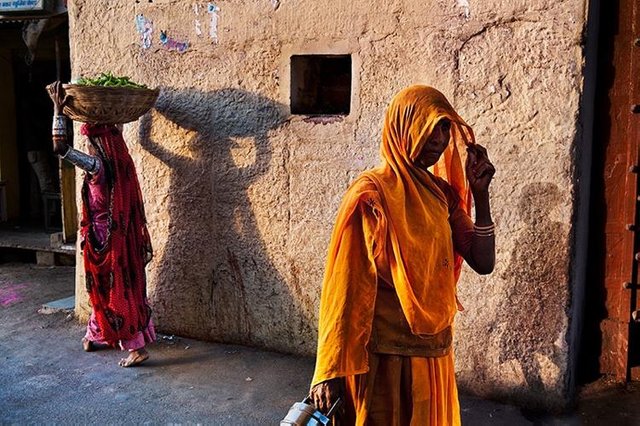
His career began when, disguised with a native dress, he crossed the border between Pakistan and Afghanistan to enter the areas controlled by the mujahiddins ("fighters of Islam"), just before the Soviet invasion . When he came out - he had sewed the rolls of film inside his clothes - his images were published around the world and were among the first to show the conflict that had just begun. His report won the Robert Capa Gold Medal Award for Best Photographic Reporting Abroad, an award recognizing photographers who demonstrated exceptional courage and initiative.
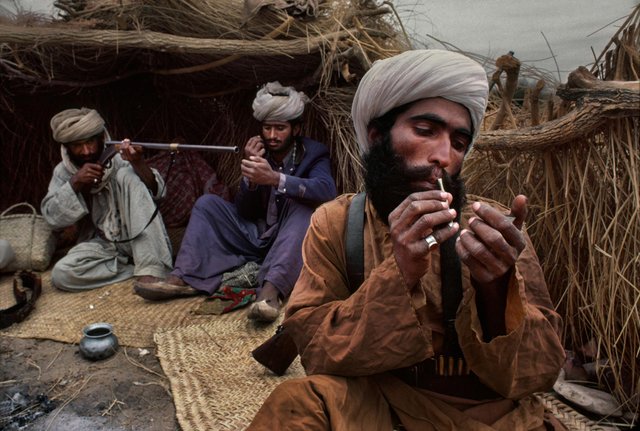
McCurry has covered many areas of international or civil conflict, including the Iran-Iraq War, the Lebanese Civil War, Cambodia, the Philippines, the Gulf War, the break-up of the former Yugoslavia and Afghanistan. His main concern was the human consequences of the war.
Steve McCurry in 2001, he exhibited in an international art exhibition organized by the agency Leo Burnett with the Italian painter Umberto Pettinicchio, in Lausanne, Switzerland. In April 2016, the image of the photojournalist was damaged by the scandal of retouched photos. We discover that many photos have been retouched or staged. His portrait of the Afghani with green eyes is no exception.
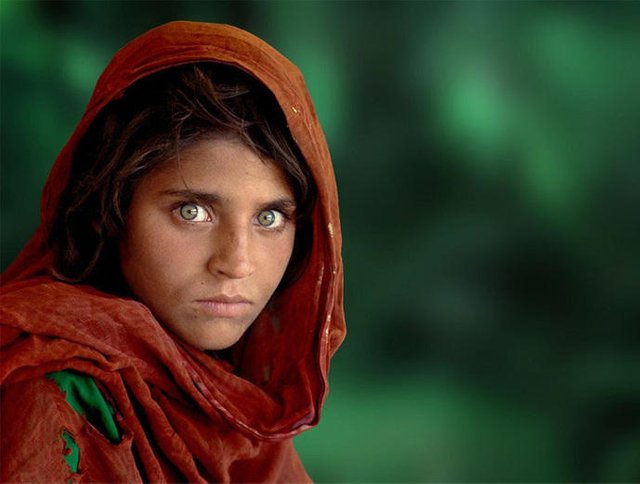
New York, 11 September 2001
On September 11, 2001, Steve McCurry was in his office in New York, in a building near Washington Square, when the planes crashed into the towers of the World Trade Center. He had just returned the night before to return from Tibet, and was in the process of opening his mail. He's called to tell him to look out the window. When he saw the smoke and the flames, he grabbed his camera and climbed up to the roof of his building, where he had a clear view of the entire city center. Between the moment he began to photograph from his roof and the collapse of the first tower, only forty minutes elapsed. He then rushed to the scene with his assistant, and after crossing the roadblocks, was able to photograph the indescribable chaos he had under his eyes until nightfall.
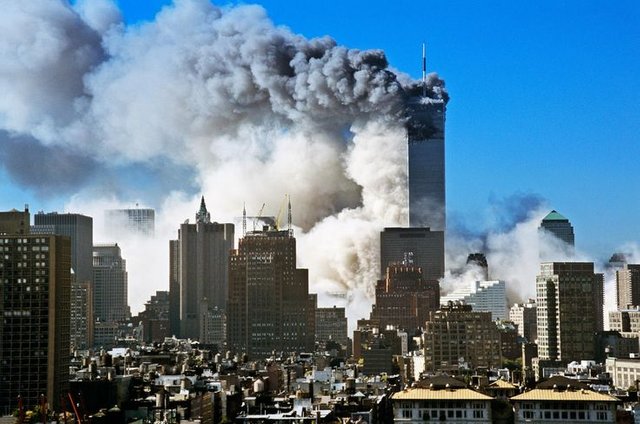
He returned the next morning, very early, taking advantage of the darkness to enter the forbidden zone, and stayed there to take pictures as long as he could before being driven back from the area. In his Diary he notes: "The sadness was indescribable. I had seen these buildings every day from my window. They were, for me, framed with the vault of Washington Square ", and again:" I tried to translate on the film what I felt, horror and loss. It was totally another level of evil. "
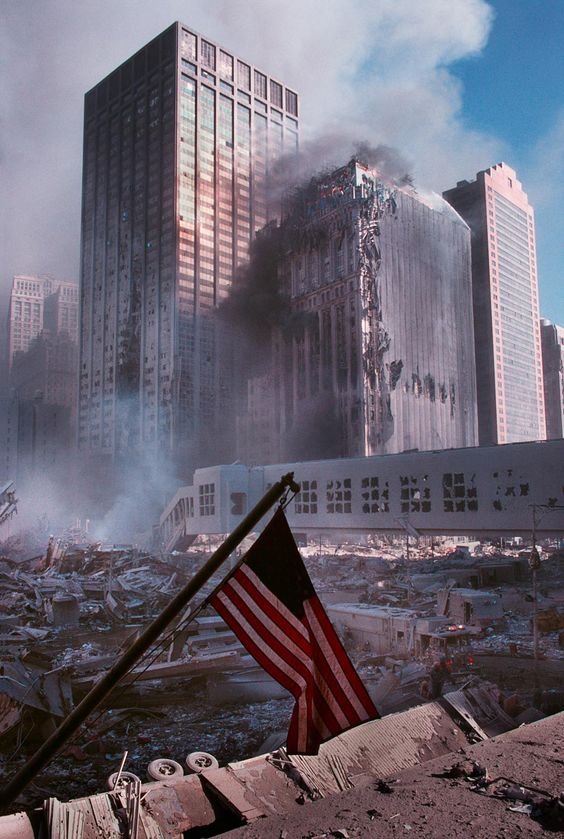
The Green-Eyed Afghani
Traveling the world, Steve McCurry makes many photographs, including the famous portrait of a young Afghani refugee in Pakistan, entitled Afghan Girl. McCurry did not learn his name - Sharbat Gula - until January 2002, before re-photographing it. The National Geographic Magazine, which published several of its photographs, is the cover of its June 1985 issue.
Known as iconic, this image becomes the best-known of the magazine, which takes it back as cover for its retrospective book National Geographic 100 Best Pictures in 2002.
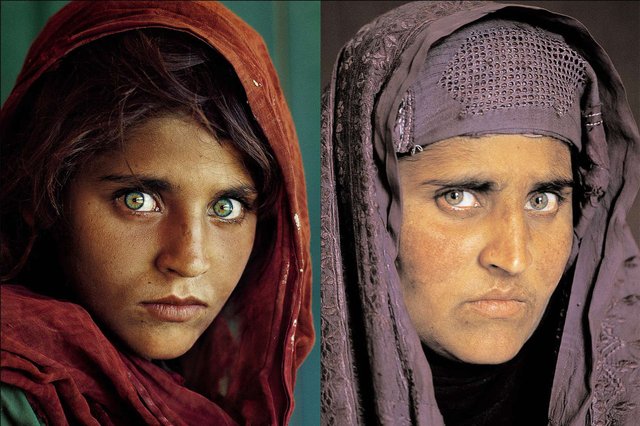
In April 2016, McCurry admits that several photographs he has made have been reworked or staged, for National Geographic in particular. The portrait of the Afghan is no exception, as the photo on the cover of National Geographic Magazine has been retouched at eye level as demonstrated by an independent Indian photographer, Kshitij Nagart. If you ignore the obvious differences in color management due to different scanning / printing processes, you will notice that some areas around the eyes have been touched: the flesh around the orbit of the eye, Eye is less hollow than the original photo. The eyes are mostly clean: the dirt and mud have been erased on the cover of National Geographic Magazine. In later publications by Steve McCurry, the dirt will again be present and the background will be greener than life.
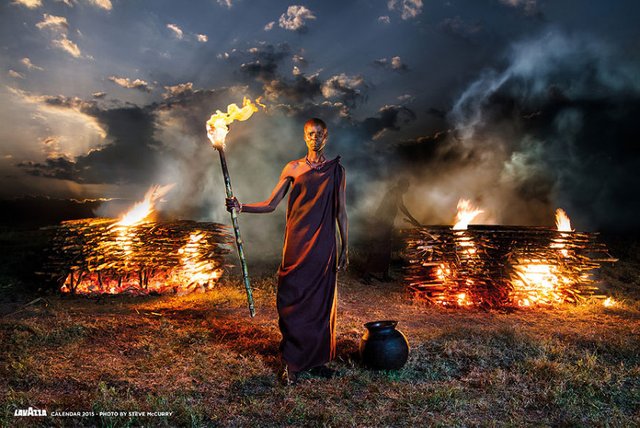
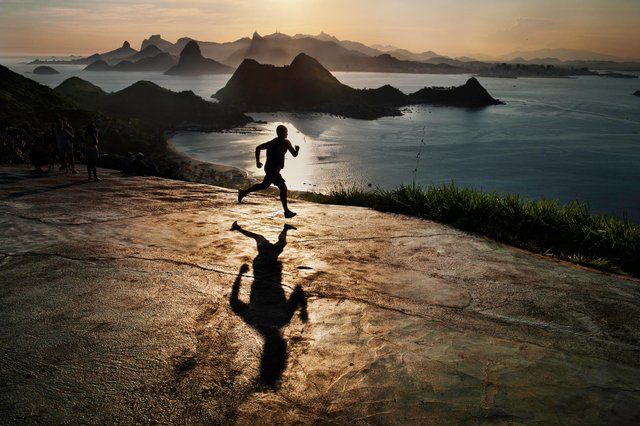
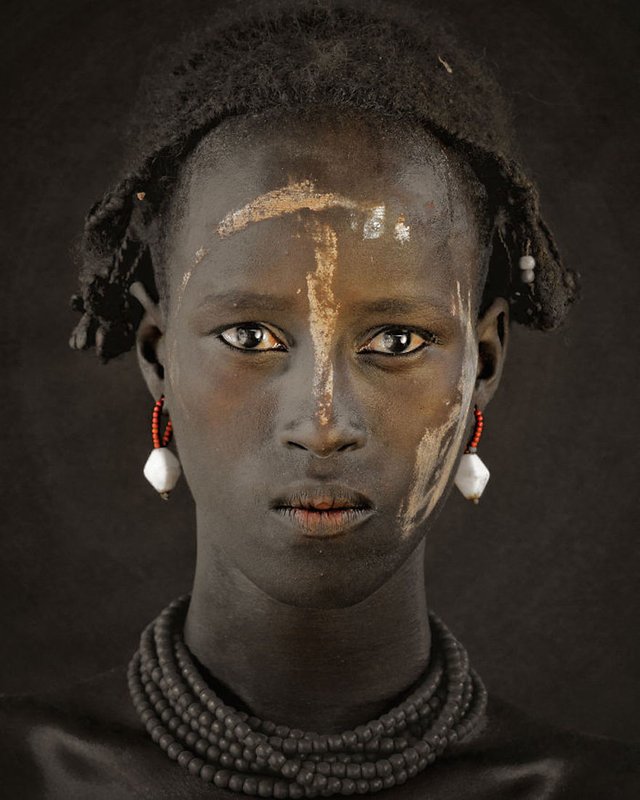
Up voted and now following.